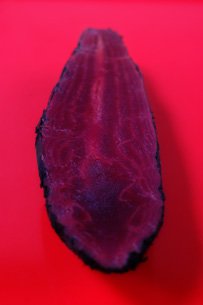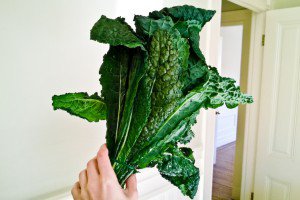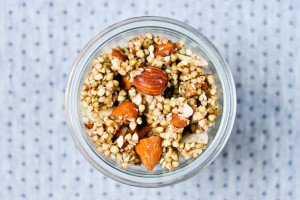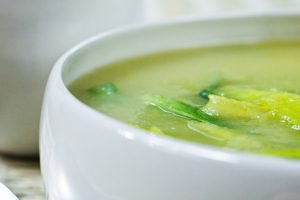
[Crapaudine Beet]
It is a common misconception that the wintertime opposes the hurried cook with a dearth of ready-to-eat vegetables that could be prepped and dressed in under five minutes.
But what of endives and young winter greens, what of radishes and kohlrabi? What of lemon-squeezed mushrooms, what of thinly sliced fennel and cabbage, what of carrots and celeriac, which do require peeling and grating, yes, but perhaps you have a basic food processor gathering dust somewhere and it is time to take it and its assorted grating-slicing attachments out of retirement?
To my arsenal of winter crudités I have a few years ago added the beetroot. While you can simply peel and grate young beets for a raw, crunchy salad — do wear gloves and an apron if you’re heading out to a job interview afterwards and don’t want to appear as if you’ve just slayed someone — I prefer to take an even more leisurely path.
I buy my beets pre-roasted from the market or the produce shop, and all I need to do is peel — the skin strips off like those cool exfoliating masks –, slice — the butter-soft flesh offers a sigh and no resistance –, and eat.
The beets I find at the organic farmers’ market are roasted over a woodfire, which accents their earthy flavor, and you can make that point with even more clarity by adding a pinch of smoked salt or smoked paprika. On my last market run I enquired about the kind of beet they used, and was told with a straight face that it was a variety called “red ass.” I smiled privately, enjoying the cheeky name, until I looked it up and realized that it was merely “red ace” with a French accent.
But the variety I like the most is one called betterave crapaudine — literally, lady-toad beet — in reference to its rough, wrinkled, pockmarked skin. Not very sensitive to the beet’s feelings, perhaps, but the only other comparisons I could think of were to the nose of a really evil witch, or the gnarled finger of a tree that came to life in an illustrated book and scared me to tears when I was little. Crapaudine is not bad after all.
The crapaudine is an heirloom variety that is said to date back by several centuries; its root is long and conical where most are ball-shaped, and its elegantly sweet flesh remains firm when cooked.
Because so much of my cooking is color-coded, I offset the dark crimson of crapaudines with bright green or orange touches (mâche, chervil, pistachios; raw-peeled orange segments, strips of raw or smoked salmon, brittle shavings of extra-old mimolette), or count on their powers of persuasion to impart a rosy complexion to any white companion I wish to pair them with (feta, shallots, a light cream dressing).
My most recent and most smiting discovery in the beet-seasoning arena is how well they take to a sprinkle of Goumanyat‘s mélange rose aphrodite, a mix of rose petals, saffron threads, and ginger, ground to a cotton-candy pink powder of a scent so heady I like to rub a pinch behind my ears.
In all cases the sweet chatter of beets needs to be interrupted by a curt remark — sour, acidulated, salty — so they’ll shut up before they get cloying; vinegar and lemon juice are good at that.













